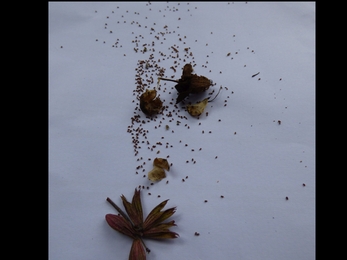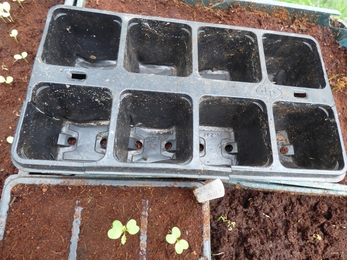Walking around the garden in August, I’ve been noticing fascinating and varied seed capsules forming, as once-beautiful flowers fade and shrivel away. Most of these can be left for the seeds inside to self-sow, or be eaten and/or dispersed by birds and other creatures, or simply to look ornamental. But also, for us wildlife gardeners, it’s seed-gathering time!
To enhance your wildlife garden for free, collecting and sowing your own seeds is a rewarding experience, both for you and for next year’s wildlife, especially pollinating insects.
Your annual garden plants such as sunflowers, forget-me-nots, teasels, Love-in-a Mist – and a host of meadow flowers – release their seeds at the end of the season and then die down forever, relying on the next generation to grow from seed ready for the following year. Many of their seeds won’t ever reach a patch of fertile, bare soil where they can germinate.



